Historic Triabunna Barracks opens as luxury accommodation
Fresh on the accommodation scene in Tasmania is this lovely heritage pile in Triabunna.
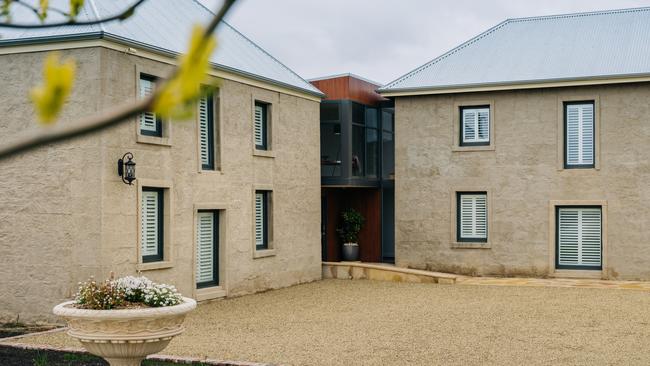
Fresh on the accommodation scene in Tasmania is this lovely heritage pile in Triabunna about 90 minutes’ drive north of Hobart. Comprising sandstone stables and soldiers’ quarters, joined at the hip by a modern timber and glass atrium and staircase, Triabunna Barracks dates from the 1840s. It lay vacant for more than 50 years before being taken on in 2014 by Kim Samin, who was keen to return to her home state from Canberra, and her husband John. The pair had been trawling Tassie’s east coast on the hunt for a hospitality project to power their transition from working life to eventual retirement.
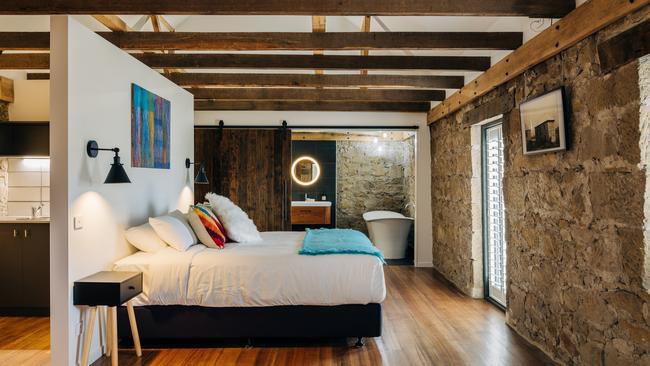
And what an ambitious project to undertake. The buildings were in an “extremely dilapidated” state, says John, and their seven years of hard labour involved a steep learning curve with multiple heritage hoops to jump through. The site was rich in colonial history, as the couple discovered. Records show that in 1845, 65 officers and men resided at the barracks, looking after nearby Maria Island and the surrounds. As a result, the Australian National University and University of Sydney undertook the required archaeological survey, uncovering military buttons, lead toy soldiers, marbles, tobacco pipes and even two unopened bottles of gin. Sadly, they didn’t survive their journey from 6m deep down in the well, but John is hoping to have the botanicals identified and replicate the spirit.
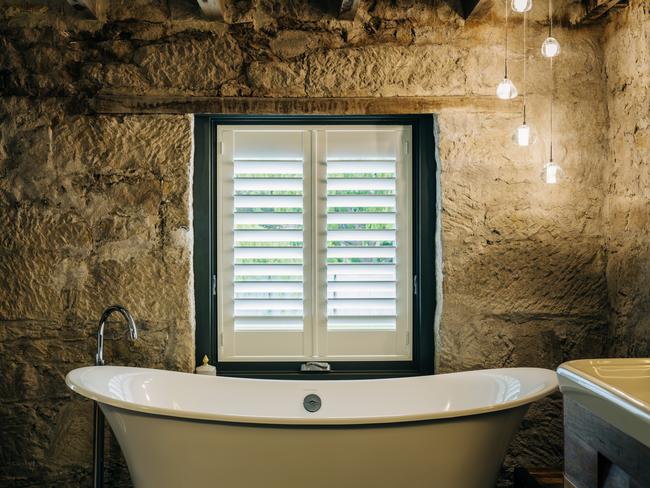
There’s room for up to six guests, the most spacious lodgings being the Loft Suite above the stables (pictured), with a full chef’s kitchen on the ground floor. Two smaller guestrooms are in the barracks, The Quarters on the upper level and the mobility-accessible Bakery underneath, which served as a bakehouse for 30 years until the 1960s.
John says they wanted the links between old and new to be as seamless as possible and they are ecstatic with the result. He describes it as “stylish but warm and romantic”.
From $450 a night, with choice of full cooked breakfast or hamper; entire property $950 a night.
PENNY HUNTER
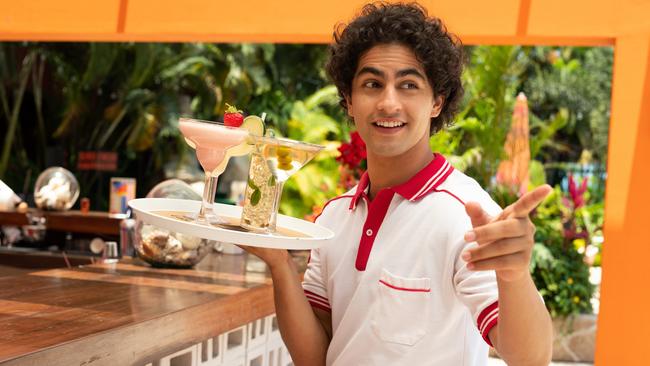
View from here
ACAPULCO
Apple TV+
There can’t have been so much joy in Mexico since Elvis and Ursula Andress teamed up for Fun in Acapulco in 1963. Not that the stars ventured south of Hollywood for that romp, but body doubles appeared in a few shots filmed in Acapulco.
Elvis was persona non grata with the Mexican authorities because screenings of King Creole and G.I. Blues had sparked riots, and he had been falsely reported as making nasty remarks about local women.
But this Acapulco, a 10-part rags-to-riches yarn, is authentic Mexican (albeit filmed north of the famed resort in the Pacific coast state of Jalisco). Well-to-do Maximo (Eugenio Derbez) tells his nephew the tale of his younger self (played by Enrique Arrizon), a dirt-poor kid who lands the job of a lifetime as poolboy (although his dream is to be proprietor) at chic resort Las Colinas, feared by his mother to be a cesspool of sin.
Cue 1984 and a show that is a gentle companion to The White Lotus, in which the satire is dark and memorably shocking. In Acapulco, the most shocking thing is the colour pink which, with calypso green, shimmering-sea blue, canary yellow and a red the colour of Joan Collins’s lips, makes for decor that instantly says, my kind of resort. Add 1980s music with a Latin twist performed poolside by a duo and the party has begun.
Dialogue is in English, which employees must speak at the resort (and remain invisible), and Spanish (subtitled). Inspired by the 2017 film How to Be a Latin Lover, the story is warm-hearted, but not without bite.
A supercilious gringo struggles with Maximo’s name. Maxi-er-co, he attempts. “Maximo,” our hero corrects. “Mexico is the country we’re in.” Long may we stay.
GRAHAM ERBACHER
Book club
TRAVELLING COMPANIONS
Antoni Jach
Chapters titled The Tale of the Three Pinocchios from Positano or The American Tourists in the Tapas Bar? Irresistible. While characters and exact circumstances are fictional in this volume by Australian author Antoni Jach, the fleeting encounters in Europe described by the erudite narrator cover the broader and recognisable realms of travel, the epiphanies, the randomness of people we meet, the joys we relish, perils we survive, the stop-start momentum that can capsize us. Jach skilfully reveals stories within stories, down to the kernels of their truth, like opening a diminishing set of babushka dolls one by one, and he uses the recurring take-charge character, “strikingly beautiful”, shiny-haired Nina, as a spinner of tales as mesmerising as those of Scheherazade in Arabian Nights.
For those of us who relish the freedom of solo journeying, there are familiar scenarios aplenty plus fellow travellers as persistent (or interchangeable) as voluble Gary from New York, holidaying with his partner Nancy and showing her all the places he went with his first wife, 20 years earlier. The reader discovers less about the narrator, other than he likes to journey alone, but not always, and is comfortable being a receptacle for unbidden opinions and information. “After a few days of pleasurable solitary travelling, there always comes a time when it is necessary to seek out travelling companions, or else you can simply slip over the edge of the known world. How to be alone yet to be in company? That is the conundrum,” he tells us.
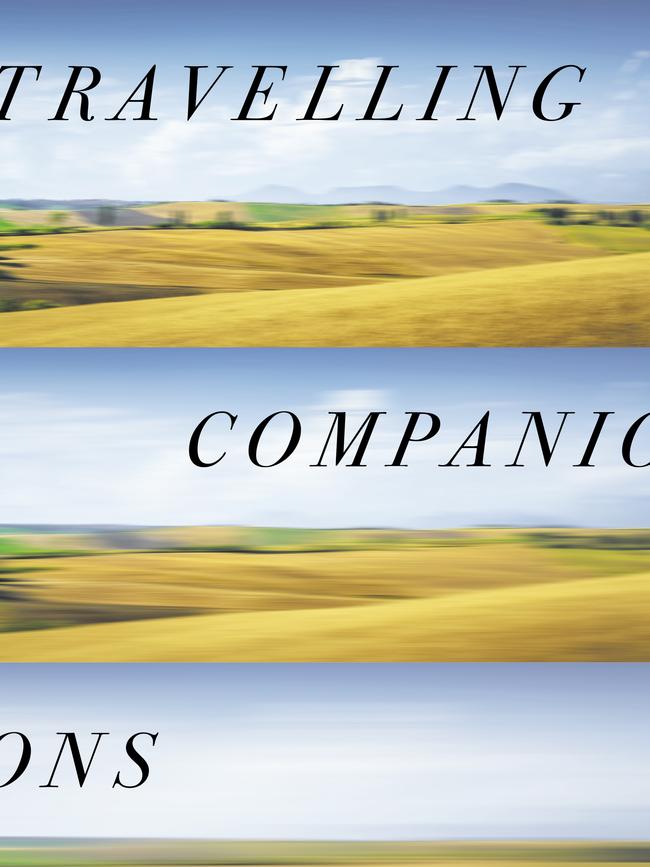
His character becomes revealed in the mirroring of conversations, the questions he asks and the comments he chooses to relate of bores, braggards and those who deal in snap judgments, third-hand facts and stunning superiority, such as in the chapter titled The Quebecoise, in which Claudine pronounces, “I’m French Canadian, not Canadian. We are not alike. I’m from Montreal … I don’t know much about Australia. It’s an invisible country from my perspective. The only things I’ve heard and read about Australia are that you are cruel to kangaroos and refugees and you treat your Indigenous people badly.” Rudyard Kipling and Anton Chekhov have famously written of the joys of travelling alone, thus faster and more quietly. But there’s a lot to be said for a mix of occasional good company, then being ”unpeopled” when the over-sharing gets too much, of passing like ships in the night, moving on until it’s time to be again “entwined with the texture and colour, the bricolage of … other lives … enmeshed in … the dance of storytelling”. Move gently with the flow, for sure.
SUSAN KUROSAWA
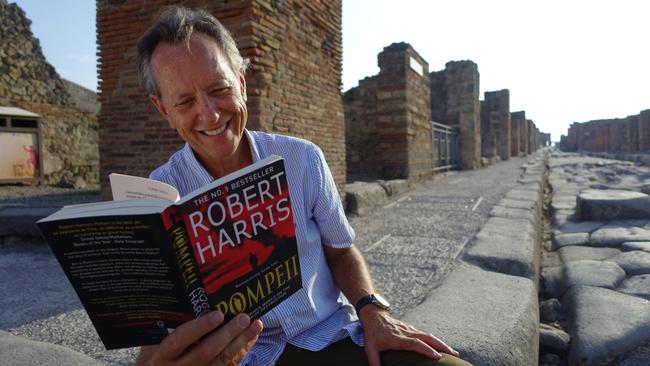
Snap decisions
Cases for clothes, bags for books. What a splendid strategy, thank you, Richard E. Grant. As wry and charming as ever, Grant is the host of a three-parter, Write Around the World (BBC First, Foxtel), that makes a case, as it were, for travelling with books, both non-fiction and novels, that illuminate the true essence of a destination. And make those proper volumes so you can touch and smell the paper and turn the pages in anticipation. So, no e-books for him (or me), and hang the excess baggage fees.
First chapters are opened in southern Italy, amid the crumbling palazzi of Naples where the delightful Sophia leads literary-themed tours. In the shadow of Vesuvius, our host’s chosen reads include My Brilliant Friend by Elena Ferrante, Pictures from Italy by Charles Dickens, Naples 44 by Norman Lewis and the Robert Harris best-selling thriller, Pompeii, making for a lively mix of fact, imagination and timelines. Grant then proceeds to the glamorous Amalfi Coast where he’s holed up in a glorious cliffside hotel thumbing through The Talented Mr Ripley, disclosing that Positano and the isles of Ischia and Procida in the Bay of Naples stood in for Patricia Highsmith’s fictional Mongibello in the 1999 Anthony Minghella movie. Spot the differences? Literary pilgrims can be detectives, too, and I put my hand up happily to such snoopiness. Then to Matera, where Grant dips into anti-fascism campaigner Carlo Levi’s seminal work, God Stopped at Eboli, set amid the cave dwellings and searing poverty of the region now known as Basilicata.
Episode two looks to France, and the trail blazed by Robert Louis Stevenson with his reluctant donkey Modestine in the Cevennes; and Chateau d’If, the prison island off the Marseille coast made legendary by Alexandre Dumas in The Count of Monte Cristo. Next, the ghosts of golden couple F. Scott Fitzgerald and Zelda lolling around decadent Cap d’Antibes between world wars. Patrick Suskind’s novel Perfume informs a visit to rose-scented Grasse, while Carol Drinkwater’s books detailing her transplant from Britain to a remote olive farm lend a clear contemporary feel. Then to Spain and the savage beauty of Andalusia, where sheep feast on fallen figs and the ghosts of Laurie Lee, Ernest Hemingway, Federico Garcia Lorca et al still stride in our imaginations. I’m overpacked and ready.
SUSAN KUROSAWA
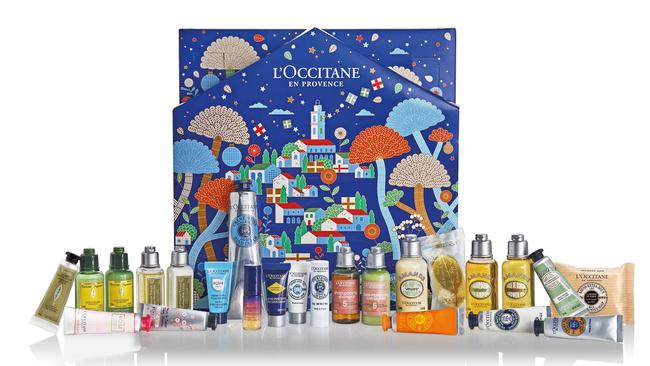
Spend it
In the Christmas countdown, get cracking with the L’Occitane Advent Calendar ($99), with 24 days of pampering. Each window reveals a mini product from 5ml-35ml featuring the Provencal brand’s classic fragrances such as citrus verbena, almond, shea butter, rose and cherry blossom. There are hand and foot creams, lip balms, soaps, shower gels and oils, hair products, body lotions and face creams. While Advent officially starts on November 28 this year, some producers of such calendars take an ad-hoc approach with dates and those offering the likes of chocolate, wine and children’s storybooks have been out for weeks. L’Occitane also has a festive range of stocking-stuffers and Secret Santa gifts, including little Christmas stocking-shaped tins filled with cherry blossom-scented miniatures or a Surprise Firecracker Collection of four bonbons, each with fragrance-themed treats; $49.
SUSAN KUROSAWA

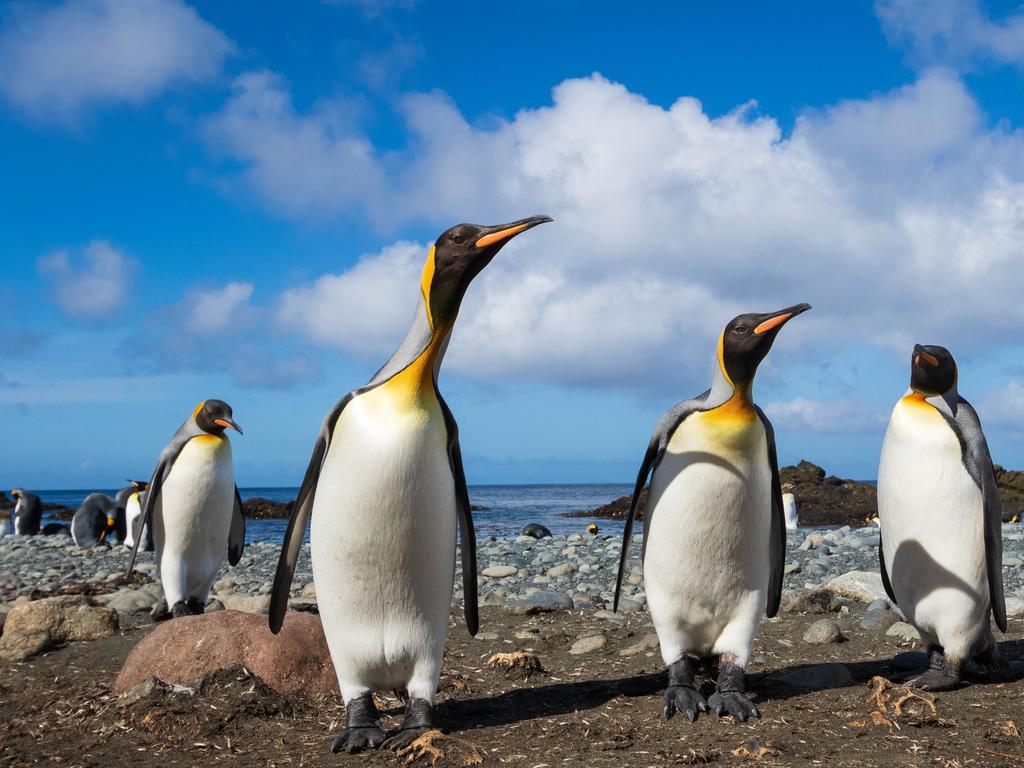



To join the conversation, please log in. Don't have an account? Register
Join the conversation, you are commenting as Logout